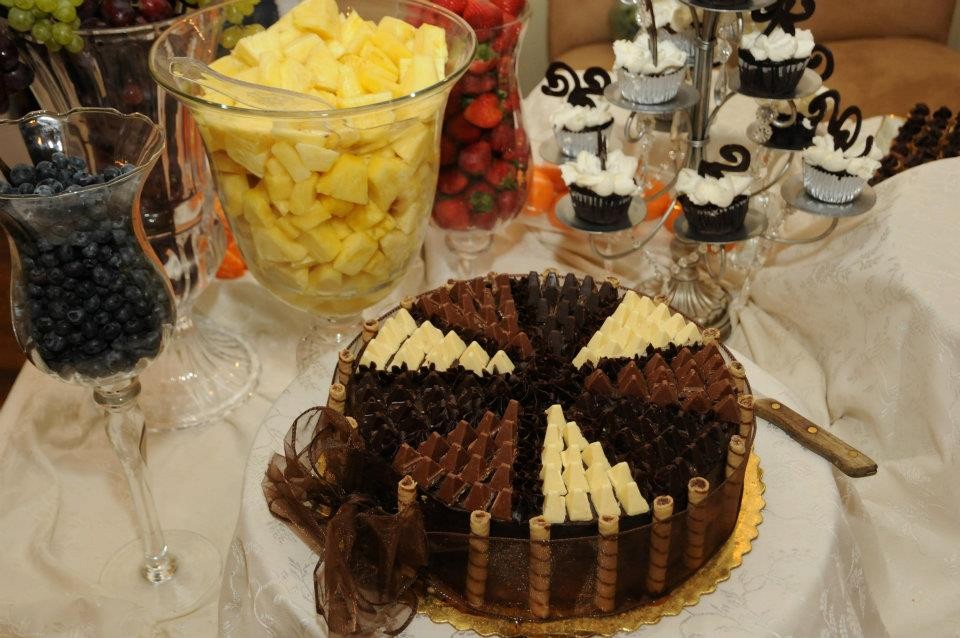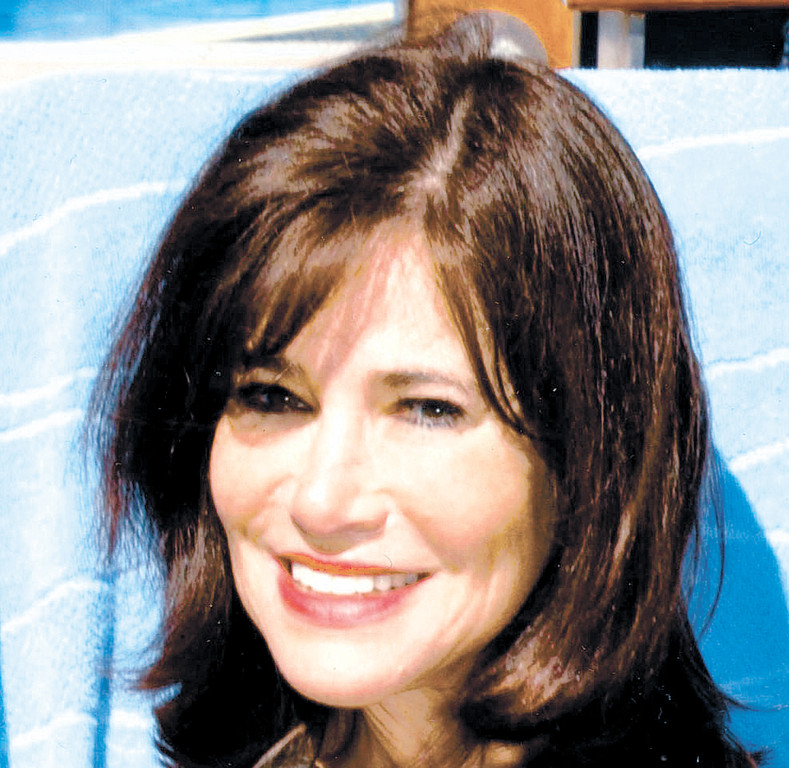Who’s in the kitchen? Say cheese...cake!
Shavuot? Already? How is that possible? Didn’t we just put away the last of our Pesach dishes, or, alternatively for some, unpacked our luggage? I’m actually still eating toasted coconut covered marshmallows because my son Jeremy always insists that we have more than enough to last through Pesach.
Can it be only one week left till Shavuot? And might I add a three-day Yom Tov. Three days, six huge meals to shop for, prepare, serve and clean up after and lots of company. Are you sure you guys can handle three days of eating and napping? Start bracing for the event, you have a week to prepare. O.K., you guys do stay up all night learning, I’ll give you that. But let’s also remember that you take a quick nap after dinner before heading off to shul. Once there, depending on which shul you belong to, you’re catered to all night long with either dairy goodies or barbeques. And let’s be honest, how many of you take catnaps in between your eating and learning? And then after davening you come home and sleep until we drag you out of bed for lunch.
Shavuot learning has certainly come a long way since I was kid! There was a table with some sponge cake, heavy marble cake (which I ate the top off of every piece) and soda. There weren’t four different types of cheesecakes, crepes, salads, wraps and coffee stations. Men did fall asleep, though, just as well back then. During the day when Yom Tov was not on Shabbat (no eruv in Boro Park in those days) we all walked to 14th Ave and either set up a nut stand or participated in the games. For those of you who have no idea what I’m talking about, let me explain. The owner of a nut stand would set up a game that you would play with filberts or almonds in their shells. You either had to roll the nuts and knock other nuts off the table or you had to throw it into a hole cut out of a box. If you won, you were rewarded with nuts, if you lost, the owner of that nut stand got to keep your nuts. Kids today don’t know what they’re missing.
Oh, and let’s not forget when all those products came out to help our hair look clean when you couldn’t wash your hair for three days. Remember that powder-like substance that was supposed to soak up the oil in your hair? Sure, it soaked up the oil, but you basically walked around with white hair. Good times….
One thing that hasn’t changed: almost everyone will eat a piece or two of cheese cake this Shavuot.
Cheesecake has been around for a long time.
The earliest attested mention of a cheesecake is by the Greek physician Aegimus, who wrote a book on the art of making cheesecakes. Cato the Elder wrote De Agri Cultura which includes recipes for two cakes for religious uses. One of them is described as somewhat like the cheesecake known to us today.
Historians believe that cheesecake was served to the athletes during the first Olympic games held in 776 B.C.E. However, cheese making can be traced back as far as 2,000 B.C.E.; anthropologists have found cheese molds dating back to that period.
The Romans spread cheesecake from Greece to all of Europe. Centuries later, cheesecake appeared in America, the recipes brought over by immigrants.
In 1872, William Lawrence, while looking for a way to recreate the soft, French cheese Neufchatel, accidentally came up with a way of making an “unripened cheese” that is heavier and creamier. In 1912, James Kraft developed a form of pasteurized cream cheese. Kraft acquired the Philadelphia trademark in 1928, and marketed pasteurized Philadelphia Cream Cheese, which is now the most commonly used cheese for cheesecake.
There are many styles of cheesecakes around today. These are the most popular:
New York-style cheesecake relies upon heavy cream. Cheesecake is usually made from cream cheese, eggs and egg yolks to add richness and a smooth consistency.
Pennsylvania Dutch-style cheesecake uses a slightly tangy type of cheese with larger curds and less water content, called pot or farmer’s cheese.
Philadelphia-style cheesecake is lighter in texture, yet richer.
On the “The Golden Girls,” the cast consumed more than 100 cheesecakes (the characters’ favorite dessert) during the TV show’s seven-year run.
Ganache covered, Toblerone topped decadent cheesecake
n 48 ounces of cream cheese, not whipped
n 2 cups of sugar
n 7 eggs
n 1 tablespoon of vanilla extract
n 20 ounces of sour cream
n 1/2 cup orange juice reduced over a low flame which will equal about 1/10 of a cup
n Ganache
n 20 ounces of semisweet chocolate
n 20 ounces of heavy cream
n 45 mini bars of Toblerone chocolate (15 dark, 15 milk, 15 white) they can be cut to fit any design you choose.
n thin cigar wafers (Presidor for example)
Directions
Beat cream cheese till well blended, then add sugar and beat well. Add the sour cream, eggs, orange juice and vanilla.
Line a 10” round 3” high pan with parchment paper and spray bottom and sides with Pam.
Pour batter into the pan and place it inside a larger pan. Fill the larger pan with very hot water, making sure you don’t splash water into the batter.
Bake in a 350 F oven for about 11/2 hours or till the top is golden brown. Turn oven off and leave cake inside till totally cool (over night is fine).
To remove cake, run a sharp knife around the sides, move pan over a medium flame for a few seconds then invert onto a serving plate.
Melt chocolate in microwave and add heavy cream, mix well and heat till all is incorporated. Let cool a bit, then pour over top of cakes and down the sides. Smooth it out. You can add the Toblerone chocolate as I did in the picture or make any design you like. Each bar is divided into three pyramid like domes. They can be separated to fit any design you choose. Add cigar wafers to the side and tie a ribbon around the wafers.
Enjoy Shavuot and the cheesecake…and if anyone gets bored, come on over to my house, we can set up nut stands like we did in the old days.
She can be contacted at Judy.soiree@gmail.com.

 49.0°,
Fair
49.0°,
Fair 







